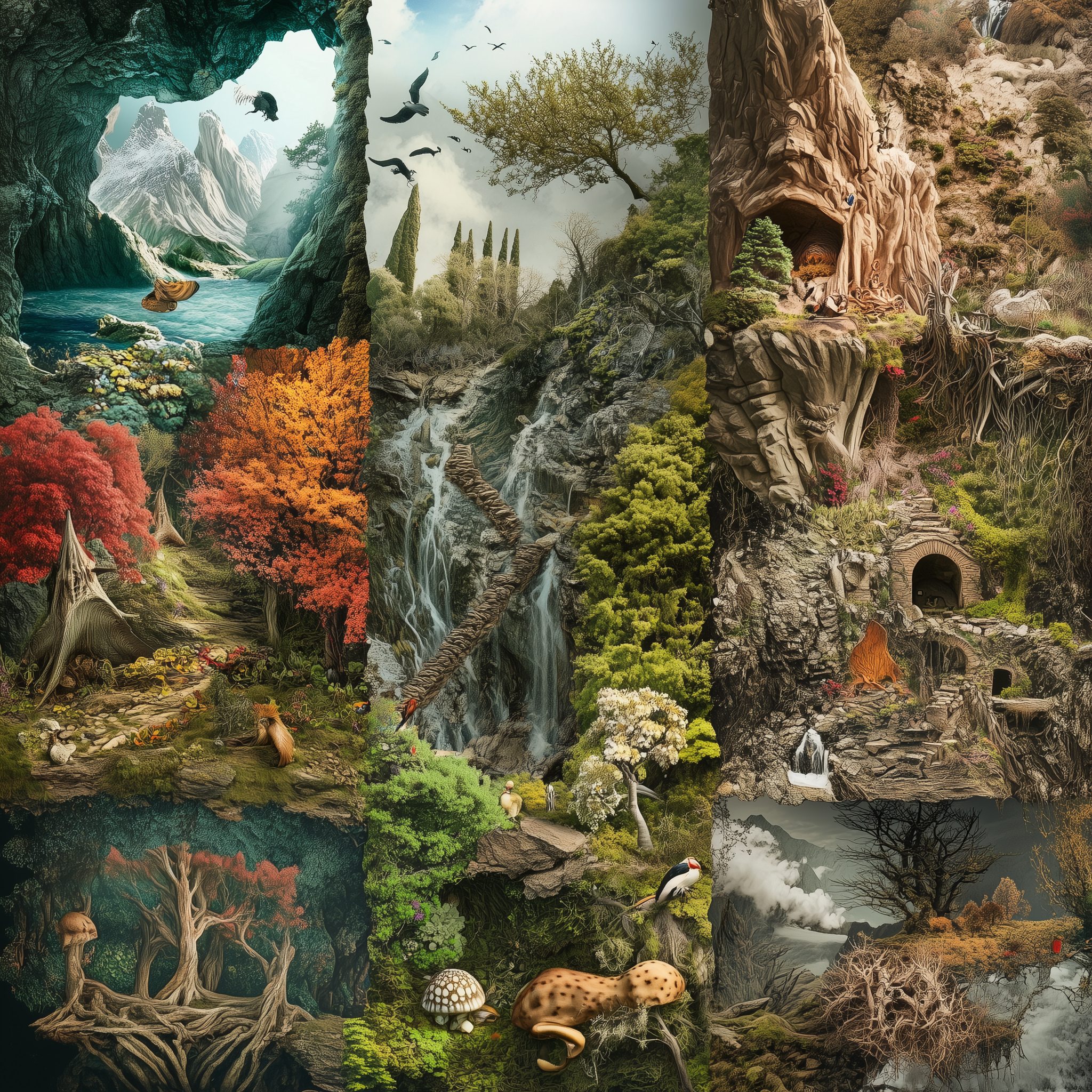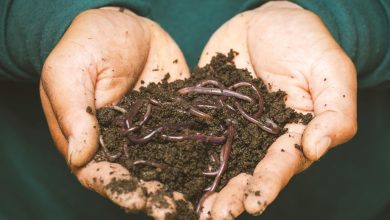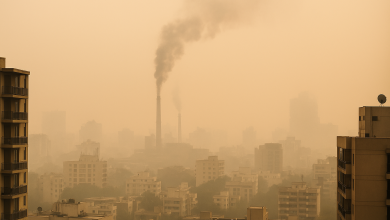The Living Organisms: Characteristics and Habitats

Living organisms exist in a fascinating variety of forms, each uniquely adapted to thrive in specific environments.
To truly understand life on Earth, it is essential to explore the relationships between organisms and their surroundings, the concept of habitats and adaptations, the diversity of habitats, and the defining characteristics of living organisms.
Organisms and the Surroundings Where They Live
Organisms interact closely with their surroundings, forming intricate ecosystems.
These surroundings, which include both biotic (living) and abiotic (non-living) factors, are collectively referred to as the environment.
Biotic components include plants, animals, and microorganisms, while abiotic components encompass air, water, soil, temperature, and sunlight.
The environment not only provides resources like food, water, and shelter but also poses challenges like predators, diseases, and climatic changes.
Organisms constantly interact with these factors, shaping their survival strategies and evolutionary paths.
Habitat and Adaptation
A habitat is the natural environment where an organism lives.
It provides essential resources and conditions for survival, such as food, water, and shelter. Habitats vary greatly, ranging from dense forests and vast oceans to arid deserts and freezing polar regions.
Adaptation refers to the structural, behavioral, or physiological changes that enable an organism to survive and reproduce in its specific habitat. For example:
Adaptations are evolutionary responses to environmental pressures, ensuring organisms are well-suited to their habitats.
A Journey Through Different Habitats
The Earth hosts a remarkable diversity of habitats, each supporting unique forms of life:

Each habitat presents unique challenges, prompting the evolution of specialized adaptations.
Characteristics of Organisms
Despite their diversity, all living organisms share certain fundamental characteristics:
Conclusion
Living organisms, their characteristics, and habitats reveal the extraordinary adaptability and resilience of life on Earth.
From the deepest oceans to the highest peaks, every organism has carved out a niche, demonstrating the intricate interplay between life and environment.
Understanding these relationships is key to appreciating the diversity and complexity of life on our planet.




